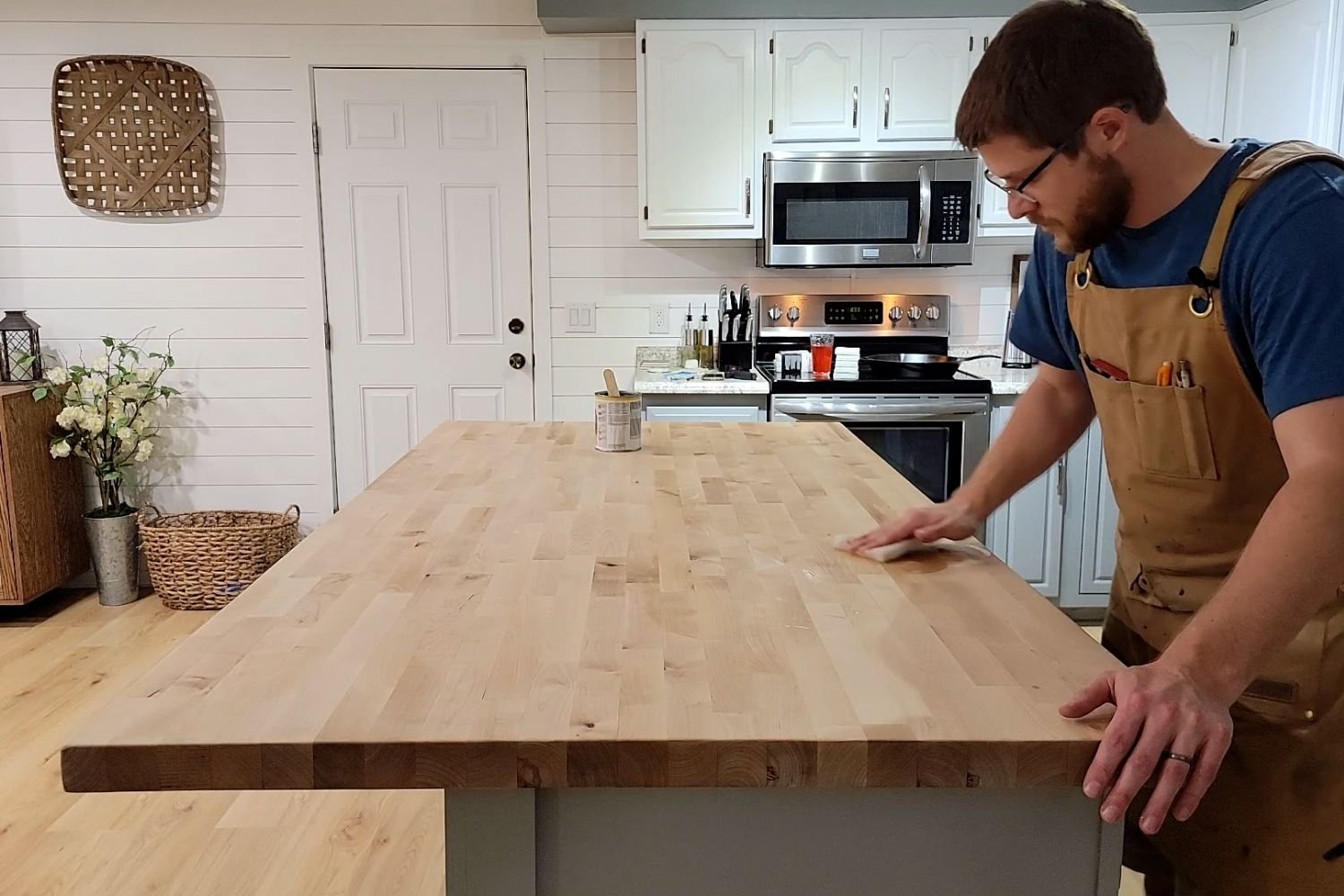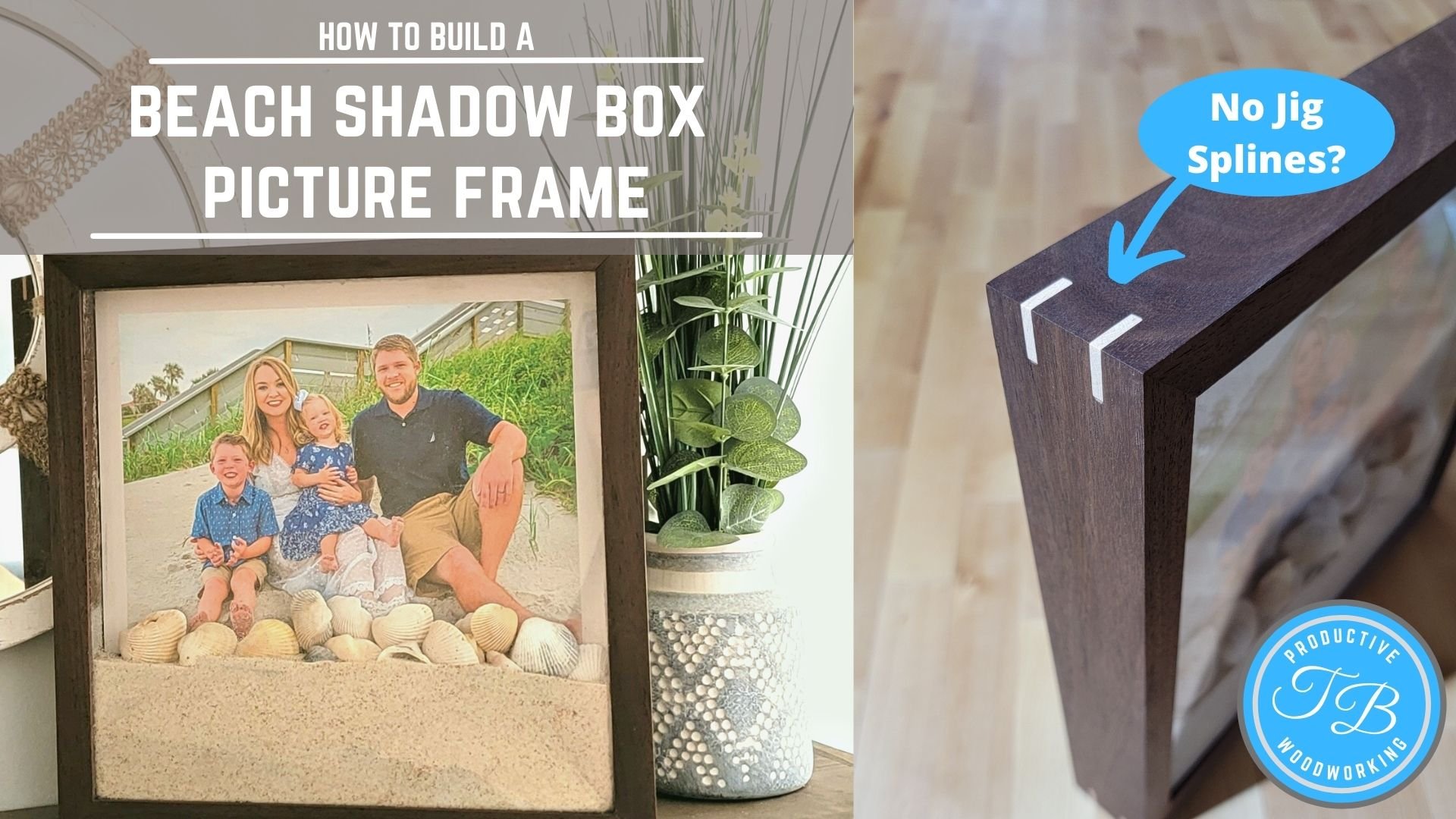10 Inch vs 12 Inch Miter Saw (A Complete Guide)
Choosing the best miter saw is a big decision and you need to take into account various important factors. The size of the blade for a miter saw is by far the most important factor to consider. It can be hard to decide which one to buy, especially if you don't have any experience with them or this will be your first miter saw. In this guide, we will go through various features, important factors, and whether or not you should buy a 10-inch saw or a 12-inch saw. We will also look at some of the pros and cons of each blade size so you can make the best decision for your different needs.
Should You Buy a 10-Inch Miter Saw For Woodworking?
When your looking for your first miter saw or a new one, bigger is not always better. A 10-inch miter saw does have a much smaller cutting capacity than the 12-inch miter saw but there are a few reasons it may be the better choice. If you primarily work on smaller projects having a smaller blade can help you make more accurate cuts. Also, 10-inch saw blades cost significantly less than 12-inch blades and are more readily available. With a smaller blade, it has less room for deflection and will result in smoother cuts when you are working with smaller pieces of wood. However, a 10-inch blade can only cut boards up to about 8 inches wide. Additionally, the 10-inch miter saw is more lightweight and easier to transport, making it a better choice if you need to move the saw around or use it on a job site. The smaller size of a 10-inch blade makes the saw easier to store or build into a workbench. Also, 10-inch miter saws typically have a much lower price tag than a 12-inch miter saw, making them more affordable.
Pros:
Cheaper
More Accurate Cuts
Easier To Transport
Cons:
Cut Capacity
Available Features
Should You Buy a 12-Inch Miter Saw For Woodworking?
For some woodworking projects, you will need to be able to break down thick glue-ups, table legs, or very wide boards. For larger woodworking projects or furniture, the best choice is a 12-inch miter saw instead of a 10-inch saw. The larger blade not only cuts wider boards but is able to cut thicker stock without having to make multiple cuts. With a larger blade, you do introduce more issues which could lead to less accurate cuts. A 12-inch blade will deflect more than a 10-inch blade but if you have a high-quality miter saw the difference will be minimal. A 12-inch saw blade typically can handle wood boards 10 to 12 inches wide making it easier to break down large boards. One downside of a 12-inch miter saw will be affordability as they are significantly more expensive and saw blades will cost more as well. If you plan to build large pieces of furniture or you are just starting out woodworking it's best to go with a 12-inch miter saw, as it will be able to handle any woodworking project. If you think a 12-inch miter saw is right for you, check out this article here where I compared the best 12-inch miter saws on the market today.
Pros:
Cut Capacity
Available Features
Cons:
Large Size
Affordability
Expensive Blades
Main Differences Between 10-inch and 12-inch Miter Saws
When it comes to choosing between a 10-inch or 12-inch miter saw, there are a few differences to consider. The difference in saw blade diameter can make a huge difference and each saw is designed for different uses. A 10-inch miter saw is a popular choice for many reasons, they are lightweight and easy to use, and perfect if you plan to transport your tools to a job site. A 12-inch miter saw is the main choice for the average woodworker and offers some advantages that may make it the best option for larger projects and thicker materials. Additionally, 12-inch blades are typically more powerful than 10-inch blades, meaning they can handle tougher jobs with ease.
COMPARISON CHART
| 10-Inch | 12-Inch | |
|---|---|---|
| Cut Capacity (90 Degrees) | ||
| Depth | 2" | 2" |
| Width | 6" | 8" |
| Cut Capacity (45 Degrees) | ||
| Depth | 2" | 2" |
| Width | 4" | 6" |
| Motor AMPs | 15 | 15 |
| Blade RPMs | 5000 | 4000 |
| Blade Deflection | Less | More |
| Cut Quality | Equal | Equal |
| Blade Choices | More | Less |
| Blade Costs | Less | More |
| Portability | Easy | Hard |
| Cost | Cheap | Expensive |
Cutting Capacity
A 10-inch miter saw is good for small projects, crown molding, or fine woodworking that doesn't require breaking down large boards. A 10-inch saw generally has the ability to perform 6-inch wide cross cuts at 90 degrees and 4-inch wide at 45 degrees. One limitation of smaller saws that is not apparent is the depth cutting capacity, a 10-inch blade will only cut to a depth of 2 inches across the max width capacity. If you are looking to buy a miter saw for a small shop and you only need to make precise cuts for small projects a 10-inch miter saw is a good option.
A 12-inch miter saw can handle any task a smaller size saw can but has some additional benefits due to the larger size. A 12-inch saw typically can perform 8-inch wide cross cuts at 90 degrees and 6-inch wide at 45 degrees. One benefit of a 12-inch miter saw is the ability to cut thicker boards less than the maximum cross-cutting width, for instance, a 4-inch thick by 6-inch wide board would not be possible on a smaller saw in a single pass. Before you buy a new miter saw, consider the size of the projects you will be working on and if that is large furniture or big woodworking projects a 12-inch miter saw is the best for you.
AMPs & RPM
There are several differences between a 10-inch and 12-inch miter saw when it relates to the motor amps and blade rpm. Most saws use a powerful motor that has 15 amps regardless of the blade size which results in some differences. A 10-inch miter saw with a 15 amp motor will typically provide a speed of 5000 RPMs, whereas the larger blade size of 12-inches will have 4000 RPMs. With the power of the motor being the same, the 10-inch blade will produce higher RPMs. However looking at the full picture, a faster speed blade isn't a guarantee for smooth cuts, because the number of teeth in the different size blades negates the extra speed. The only benefit for the 10-inch miter saw is in the build quality if using the same motor as the larger counterpart, it will not be as stressed in the long run.
Blade Deflection
The larger blade size of a 12-inch miter saw does introduce an issue if you are into fine woodworking and looking for perfection. The larger blade a saw blade is the increased risk of blade deflection, or the movement the blade can wobble left and right. With a 10-inch miter saw you may experience some blade deflection but not to the extent of a 12-inch blade. Most higher-end saw blades are designed to have anti-vibration technology built in to minimize the blade deflection. I however would not base the decision on which miter saw to choose on blade deflection as it exists on both and can be mitigated with high-quality saw blades.
Cut Performance
The cut performance is not determined by the size of the saw blade or necessarily the speed of the blade. Both 10 and 12-inch miter saws will provide the same level of cut quality with similar saw blades. The main determining factor of a smooth cut is the configuration of the saw blade teeth and the number of teeth. When you buy a miter saw and plan to do any type of woodworking you should look to buy a new blade immediately. The blades that come with new miter saws are typically general purpose and the cut quality is very poor and only should be used for general construction.
Blade Availability & Cost
The availability and cost of blades for 10-inch vs 12-inch miter saws can vary significantly. For example, a 12-inch blade is over 30% more expensive than a 10-inch blade for the same brand and tooth configuration. The benefit of a 12-inch blade is that it lasts longer due to the increased number of teeth, whereas a 10-inch blade is not as durable and will need to be replaced more often. The main benefit of 10-inch blades is that they are more common and easier to find since they can also be used on table saws. If you are looking for specialized blades or want to save money on consumables a 10-inch blade is the best choice, but know that comes with limited cut capacity.
Portability & Size
The size difference between a 10-inch and 12-inch miter saw can be quite large and affect portability. If you need the miter saw to be portable or you are constantly working on a job site a 10-inch saw will make it easier but you also have to balance your needs. A 12-inch miter saw is usually the preferred saw at a job site due to its versatility but can be very heavy and take up a lot of space in your truck. However, many manufacturers offer folding stands and some even have wheels to make transporting either a 10-inch saw or 12-inch saw easy for the average woodworker. If you are planning to work outside of your workshop you need to invest in a good rolling miter saw cart.
Cost & Affordability
When it comes to cost and affordability, 10-inch miter saws are clearly cheaper than a similar 12-inch miter saw. Typically a 12-inch miter saw is about 30% more expensive for the exact same features, which is similar to the price of new saw blades. The cost of miter saws can vary drastically depending on the brand and features. If you are looking to do crown molding or compounded angles you will need a saw that either has single or dual bevel features. Also, if you need extra cutting capacity the higher prices saws have a sliding miter saw or articulating arm features that allows you to cut wider boards than a traditional chop saw. A 10-inch miter saw is less expensive up front, but a 12-inch miter saw will be more capable and can handle larger woodworking projects.
Summary
When considering which miter saw to buy, it's important to consider the type of woodworking you plan to do. If you are planning to build larger furniture or big woodworking projects you should look at buying one of the best 12-inch miter saws. On the other hand, if you know you don't need the additional cutting capacity of a larger saw blade you can save a bit of money by purchasing a 10-inch miter saw. You could also look at sliding miter saws which give you a larger cutting capacity while keeping the footprint small. I hope this article helped you in your decision-making process and answered any questions you had.
Related Articles
If you have any questions, comment below.
Let’s talk about it!












